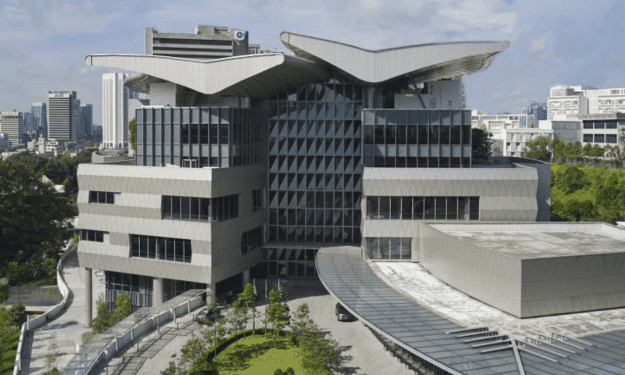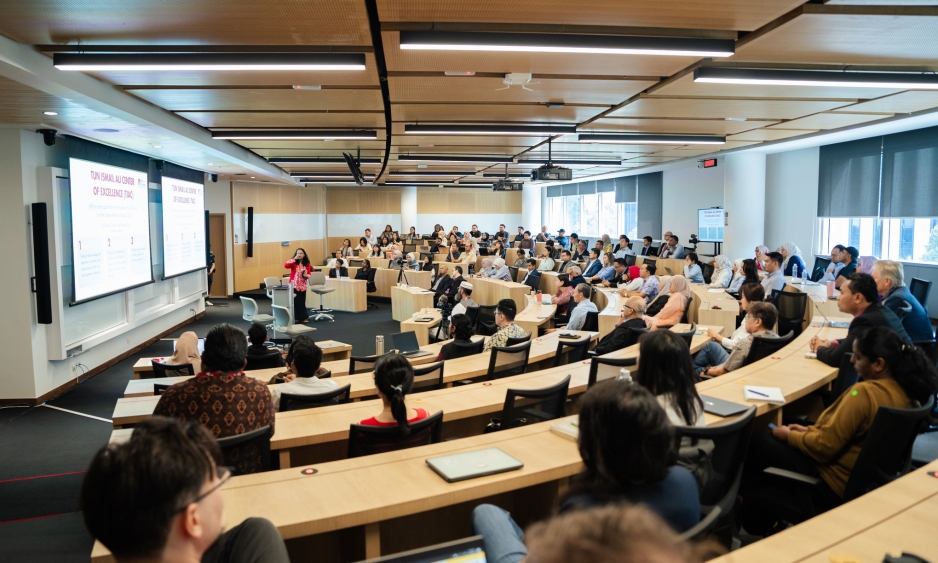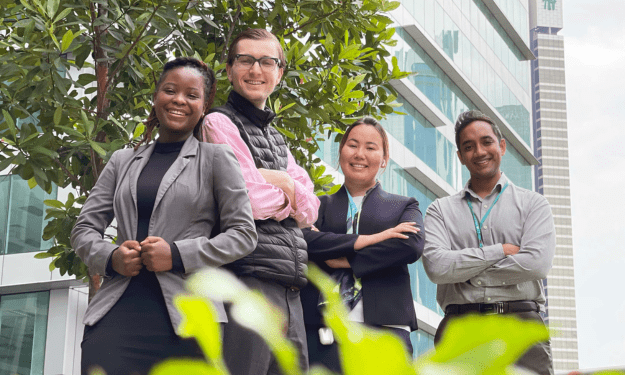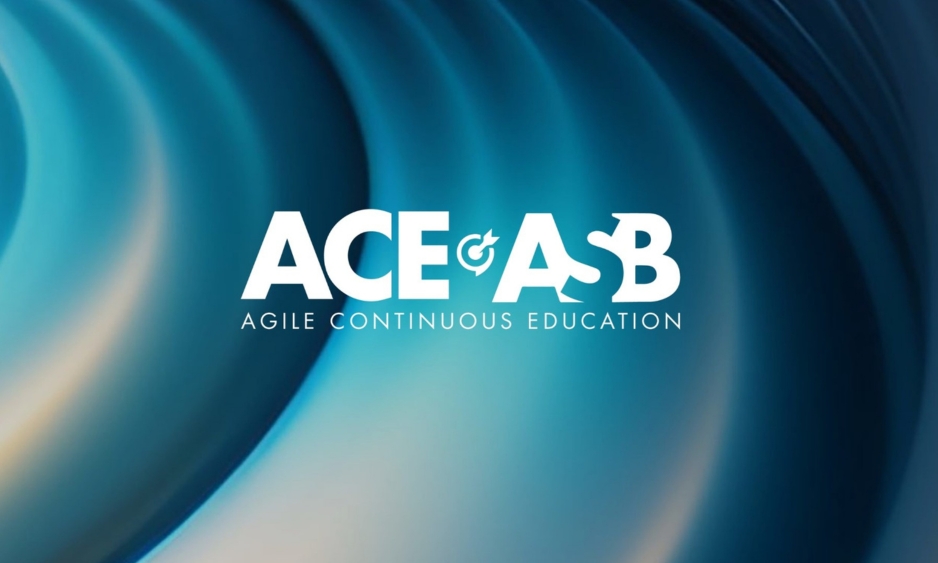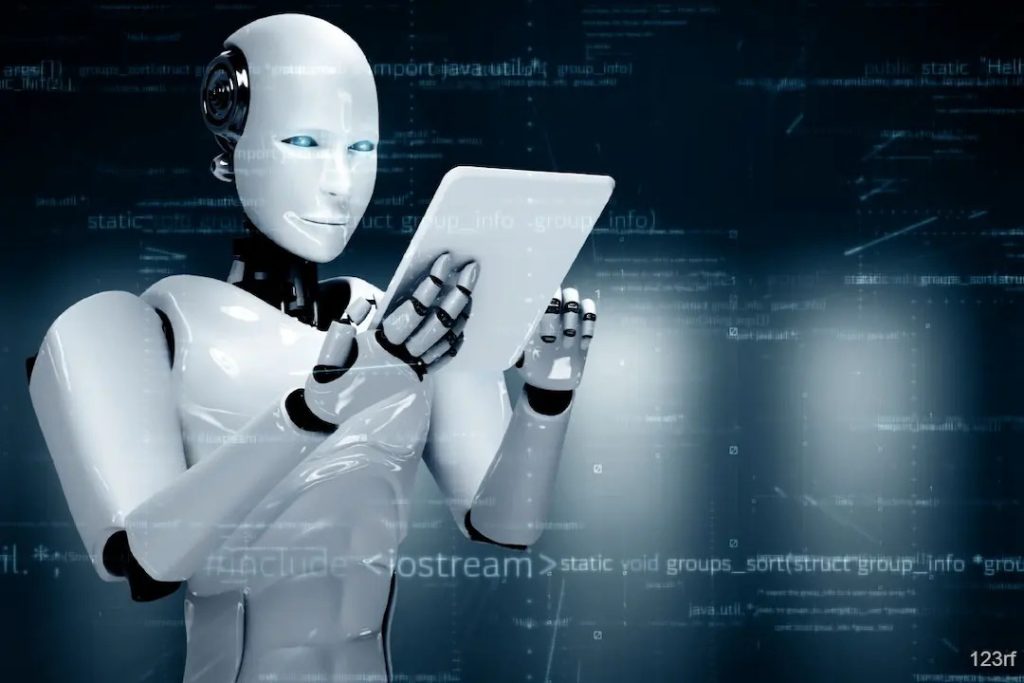Over the past 15 years, job transformations have become life-altering. This introduces the concept of personal obsolescence, a somewhat chilling reality. Unfortunately, current education systems are unprepared for this rapid change.
The “one and done” model, where secondary or tertiary education is assumed to prepare individuals for life, no longer holds true. There are no real formal structures for continuous education, and even the term “continuing education” often carries vocational connotations, such as retraining workers to use a new machine tool or repair a different type of air-conditioner.
But what if someone wanted to learn artificial intelligence (AI)? They might have to resort to browsing YouTube. How would they certify themselves? How would they prove their knowledge? There is no proper system for this.
This is an existential moment that must be addressed. AI is leading to a rethinking of work, the workforce and workers. The impact may not manifest immediately as layoffs, but rather as deferred hires, eventually leading to job losses if the system does not adapt. To counter this, we need to establish a structured approach to quaternary education: the lifelong, white-collar continuation of primary, secondary and tertiary education.
Beyond AI, global challenges such as climate change and geopolitical tensions demand an increasingly agile workforce. The struggle to keep global temperature increases below 1.5°C is faltering, making climate mitigation and adaptation even more urgent. New technologies, including smart grids and direct carbon capture, must be developed, deployed and maintained.
This requires new skills to be learnt at an unprecedented scale. Continuous education is one of the most crucial aspects of human development and survival.
Human beings are uniquely adaptable compared to other mammals. Our long period of growth from infancy to adolescence enables mental and physical development, and this adaptability is nurtured through education.
Over time, education systems have evolved based on historical precedent rather than scientific understanding of the brain. Compare medicine in the 19th century to medicine today; education has not undergone a similar transformation. Many current learning practices are based on a misunderstanding of human learning. The teacher is often seen as wielding a pen, while the learner’s brain is regarded as a blank sheet of paper. In reality, learning is an active process where students build their understanding of a topic. Teachers should act as facilitators, and nourishes rather than mere providers of information.
The sudden acceleration of AI capabilities has caught many off guard. Even more unsettling is the drive to make AI agentic — capable of performing tasks autonomously. The irony is that, while AI is being given more agency, human learning has been increasingly stripped of it. For decades, many educators have advocated for project-based learning, experiential learning and flipped classrooms to return agency to learners. However, old habits and dogmas are difficult to break.
Technology can aid education in several ways. Online education is an obvious approach, but it is not a panacea. The failure of pure online education became evident when it was treated as an exclusive solution. Instead, blended models such as flipped classrooms, where students consume lecture materials online and use classroom time for application and exploration, are more effective. In this model, teachers act as mentors and coaches.
AI can also play a significant role. It can serve as a personalised coach, much like a tennis player practising against a wall. Augmented reality offers additional possibilities. However, unless these tools are integrated with sincerity and commitment, they risk being used as superficial gimmicks. Systemic change requires cooperation from governments, educators, companies and learners. Beginning with adult education presents an opportunity to build a new system from the ground up.
Many education systems in Southeast Asia have remained largely unchanged since gaining independence from colonial powers. There is an over-reliance on outdated colonial constructs, even as the original architects of these systems work to reform them. Moreover, adult education continues to be viewed in transactional terms, with a short-term return on investment in mind. Instead, it should be approached as a lifelong process akin to maintaining physical fitness.
Companies that install gyms for employees and allocate time for exercise recognise the value of long-term health. Societies must adopt a similar mindset for continuous education. The Asia School of Business has embraced this concept through its Agile Continuous Education initiative, likening it to a corporate gym for learning. For such initiatives to succeed, organisations must allocate time, budgets and resources to upskilling employees, ensuring preparedness for future technological disruptions rather than reacting in crisis mode.
Some countries have made strides in this area. Singapore’s SkillsFuture Credit scheme, introduced in 2015, encourages citizens to deepen existing skills or reskill in new fields. Malaysia’s Human Resource Development Corp offers similar support. However, piecemeal initiatives are insufficient. A comprehensive infrastructure is needed, akin to constructing a full arch rather than a semi-arch. Without holistic reform, education remains stuck in an outdated paradigm.
The rise of AI and automation poses challenges for fields requiring deep expertise and deliberate practice, such as medicine. The impact of AI depends on how it is deployed. AI can be an invaluable tool, providing real-time coaching and feedback.
However, over-reliance on technology risks eroding fundamental skills. Navigation apps, for example, have weakened many people’s sense of direction. Similarly, AI-driven education must be designed to reinforce, rather than replace, critical thinking and mastery. Learning thrives on “desirable difficulties”, where challenges enhance retention and comprehension.
AI is in its early stages of rapid acceleration, with breakthroughs like DeepSeek highlighting the pace of innovation. Banning AI in education is not the answer. Instead, educators must integrate AI effectively, acting as epistemologists who question and understand the nature of knowledge. This may necessitate a return to classroom-based examinations to assess individual understanding amid AI’s growing role in learning.
Vocationalism in higher education is another pressing issue. The divide between vocational and theoretical learning often mirrors class structures within society. True reform requires a holistic approach, ensuring that education evolves to meet the demands of an ever-changing world while preserving the integrity of deep learning and mastery.
Sanjay Sarma is the CEO, president and dean of the Asia School of Business
Originally published by The Edge.
